If heritage trails test the breadth of your historical knowledge, historical recreations test the depth – you find out what you don’t know about your own research field.
Today’s fun job was a meeting in the National Museum in Cardiff with Mark Redknap and Chris Jones-Jenkins to finalise some reconstruction drawings of the early medieval monastery and the late medieval Galilee chapel at Llanilltud in the Vale of Glamorgan.
The Galilee Project has been an amazingly ambitious and imaginative project to rehouse a collection of early medieval carved stones – the iconic ‘Celtic’ crosses of early Wales with their interlace panels and inscriptions in insular script. The crosses and pillars have been found in the area around the church. Many of them record burials of the local rulers from the second half of the first millennium, making the early medieval monastery at Llanilltud a sort of Westminster Abbey of early Wales. They are currently in the west end of the parish church, built by the Normans and their successors on the site of the monastery. Some of us liked that setting, where the stones mingled with display boards of Sunday School work, processional banners and other ecclesiastical impedimenta, but it has to be said that it was difficult to see them properly. This is always going to be an issue in church heritage, and it’s thrown into sharper relief by the importance of this particular collection of stones. One the one hand, they articulate the memory of the worshipping community and they should be in the church not in the arid environment of a museum. On the other hand, in the church they are in the way of other activities and the other activities are in the way of them.
No easy answers – though in this case it’s made a bit easier because the stones were not originally inside the church: they have been moved there for safe keeping, so they can more easily be moved again.
The church is big enough, two churches, really, end to end. But in the later middle ages it was even bigger. One of the local families built a western extension, a Galilee chapel, which was used as a family chantry. There a priest said Mass for the souls of the family and (as a concession to Christian charity) all Christian souls.
Chantries were abolished at the Reformation and the Galilee chapel fell into disuse. Then a few years ago it came into its own again as a solution to the problem of the early stones. It is being rebuilt and redesigned as an exhibition centre, which will also provide much-needed toilet facilities. You can see what has been going on at http://www.illtudsgalileechapel.org.uk/ .
As part of this project, Chris Jones-Jenkins has been commissioned to provide two reconstruction drawings. One is to show the early medieval monastery with the stones in situ. The other is to show the Galilee chapel as it would have looked in use in the late fifteenth century.
Of course, the big problem is that we don’t actually know what the monastery was like. We have a very hazy description in a twelfth-century life of St Illtud, which is about as much use as a Victorian description of the Hampton Court of Henry VIII. Archaeological exploration under the church and in the graveyard is clearly not a possibility, so we have to go by sites which have been explored – which almost by definition are the less important ones, the ones that didn’t become parish churches. We don’t know exactly where the crosses were, we don’t even know the function of the carved pillars, and we have no idea at all what the surrounding landscape was like.
So why are we doing it – well, it seems important to give our best guess as to what the original setting of the stones might have been. And with Mark Redknap on board, it’s a highly educated guess.
Turning to the later medieval chapel should be easier … but even here there are huge gaps in our knowledge. We assume that a chantry mass would have involved just one priest – but he would have needed helpers, and who would they have been, and how would they have been dressed? We know the equipment needed for the celebration of the Mass would have included a holy water container and sprinkler, an incense boat, a pax, a dish of blessed bread, as well as the chalice, paten and cruet – but where would all these have been placed when they were not actually being used? How many candles on the altar? How would the walls be decorated … what statues … what about the altar cloth … the vestments … It’s all like the St Teilo’s Project, but without even as much information as we had for that.
The work of the Experience of Worship project at Bangor (which I helped with) gives us some of the answers (see http://www.bangor.ac.uk/music/AHRC/ – and the full web site should be live any day soon), but we don’t want to do a straight copy of St Teilo’s. The one thing I’m happy about is the tomb carvings which will be shown on the floor – I can do tomb carvings!

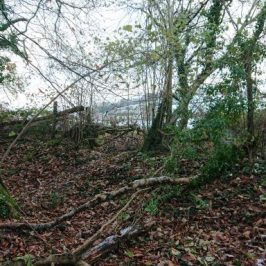

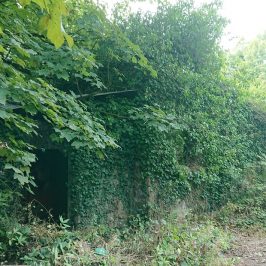
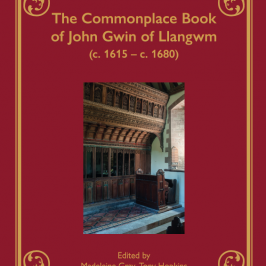
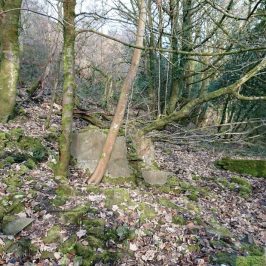
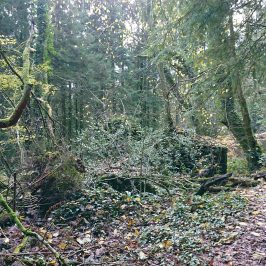
Leave a Reply